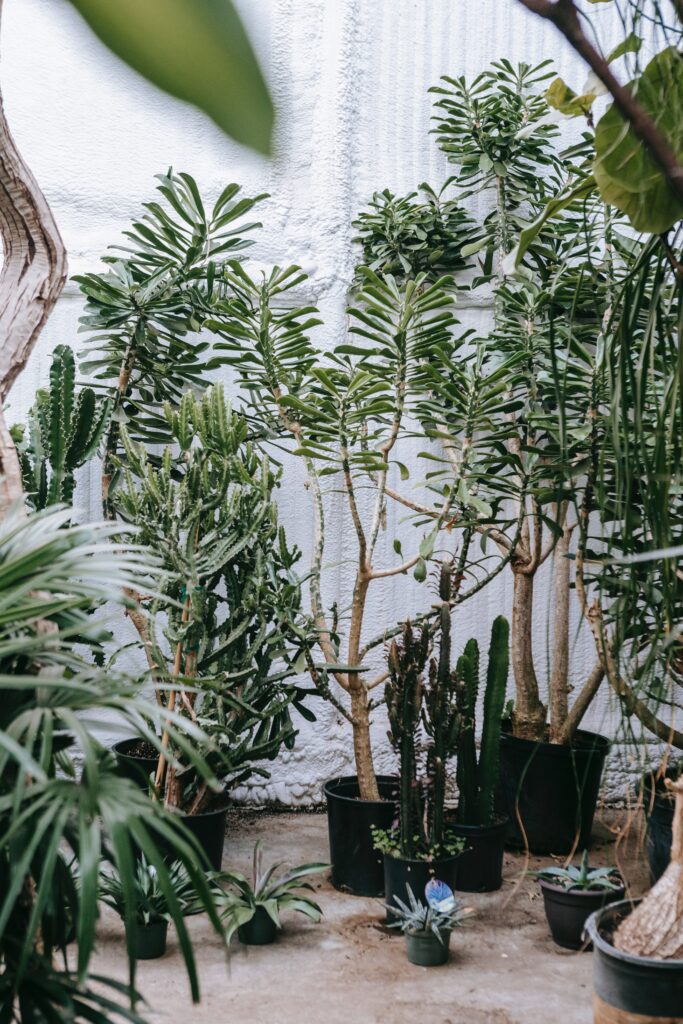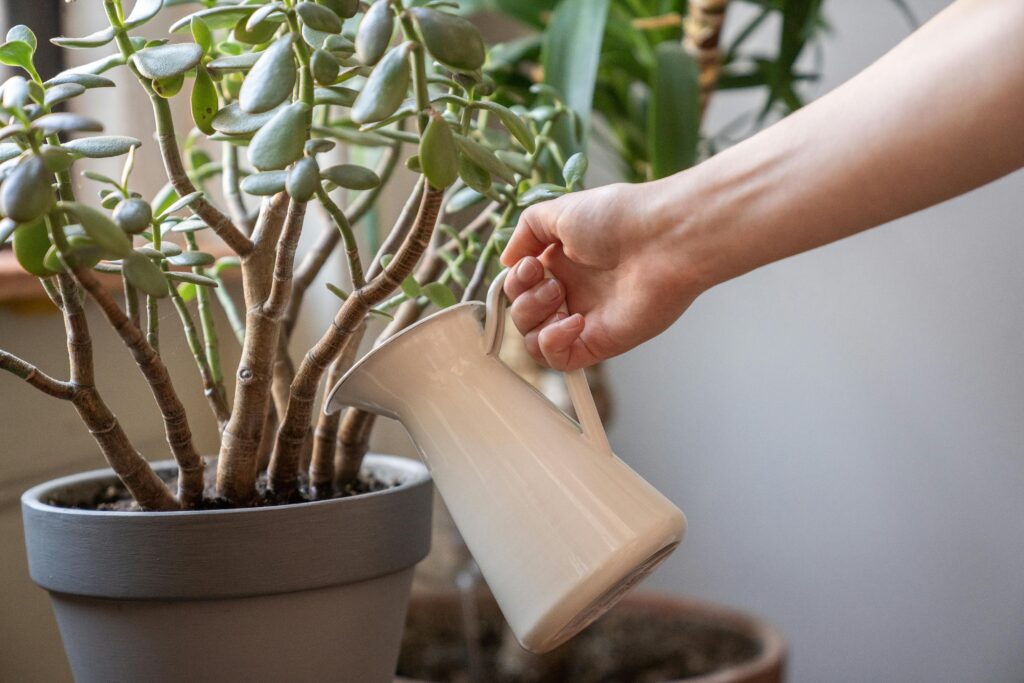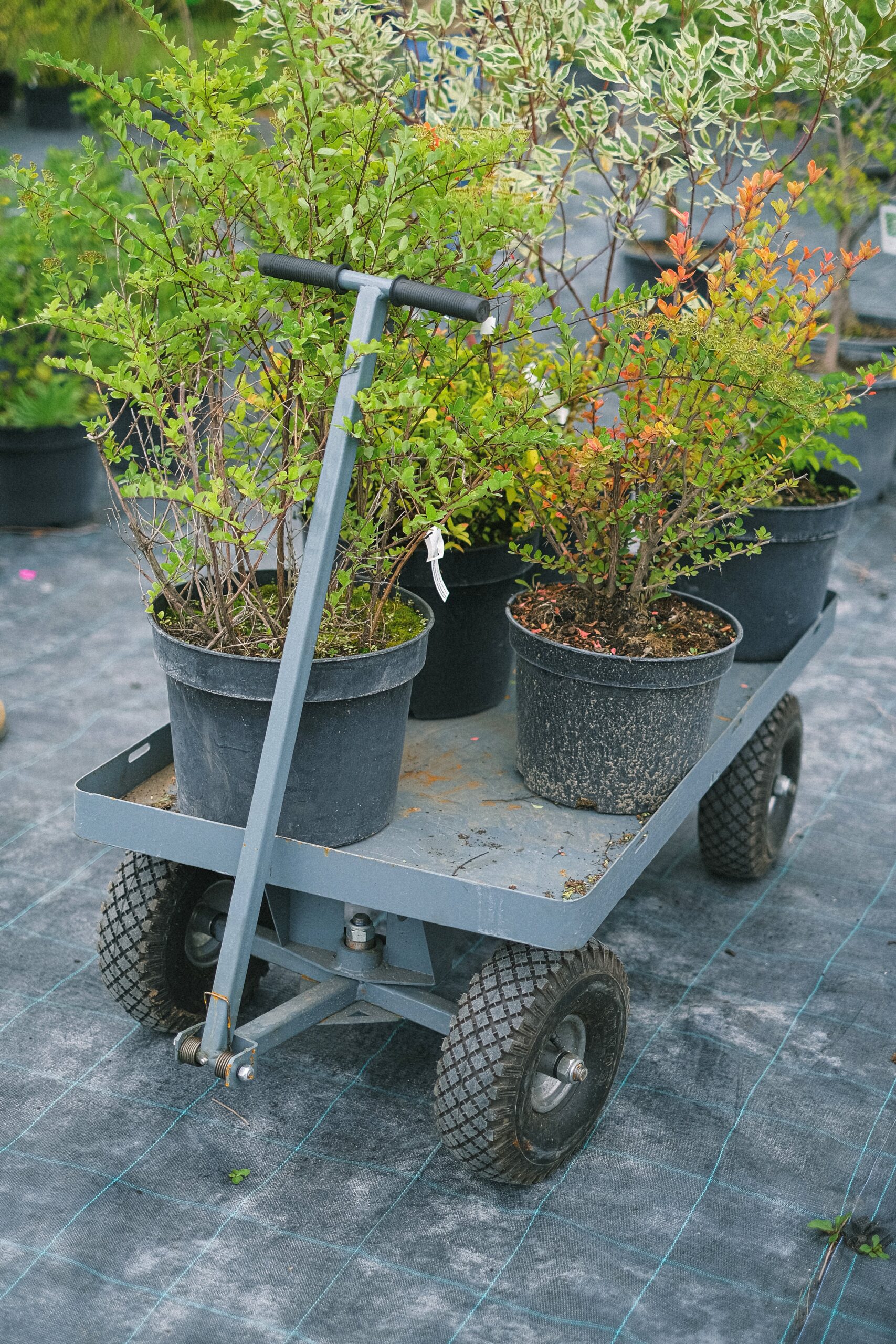INTRODUCTION:
Growing dwarf trees in containers is a fantastic way to bring the beauty of trees to small spaces, patios, or balconies. These miniature wonders offer all the charm of regular-sized trees, but they require special care to thrive in the confined space of a container. In this comprehensive guide, we’ll provide you with the essential steps and tips for successfully growing dwarf trees in containers, ensuring that they flourish year-round.
CHOOSING THE RIGHT CONTAINER:

Container Size:
Select a container that is appropriately sized for the specific dwarf tree species you intend to grow. It should have ample room for the tree’s roots to grow, with a depth and width that accommodates their growth.
Drainage:
Ensure that the container has adequate drainage holes to prevent waterlogging, which can be detrimental to the tree’s health. Elevating the container on pot feet or bricks can further improve drainage.
Selecting the Right Dwarf Tree:
Choose a dwarf tree species that is well-suited for container gardening. Consider factors like the tree’s mature size, growth rate, and the local climate to ensure it will thrive in your chosen location.
Soil and Potting Mix:
Use a high-quality potting mix that provides excellent drainage and aeration. A mix specifically designed for container gardening is ideal. Ensure it is well-suited for the tree species you’re growing.
PLANTING AND REPOTTING:
Planting:
Gently remove the dwarf tree from its nursery pot and loosen the root ball.
Place the tree in the center of the container and fill with potting mix, ensuring the tree is at the same depth as it was in the nursery pot.
Water thoroughly after planting.
Repotting:
Dwarf trees may require repotting every 2-3 years to prevent root crowding. Choose a slightly larger container with fresh potting mix during the repotting process.
MAINTENANCE:
Watering:
Maintain consistent moisture levels in the container, but avoid overwatering. Water when the top inch of soil feels dry to the touch. Adjust the frequency based on climate and seasonal changes.
Fertilizing:
Use a balanced, slow-release fertilizer formulated for container plants. Follow the recommended application rates on the label. Fertilize during the growing season, typically from spring to late summer.
Sunlight:
Position your container-grown dwarf tree in a location that receives the appropriate amount of sunlight for its species. Most dwarf trees require full sun, but some may tolerate partial shade.
Pruning and Shaping:

Regularly prune and shape your dwarf tree to maintain its desired size and shape. This helps prevent overcrowding and promotes healthy growth.
Winter Protection:
During winter, move the container to a sheltered location or insulate it with bubble wrap or frost blankets to protect the roots from freezing temperatures.
Pest and Disease Management:
Monitor your tree for pests and diseases, and address any issues promptly. Regularly inspect the leaves, stems, and soil for signs of trouble.
CONTAINER-GROWN DWARF TREE CARE:
Cultivating dwarf trees in containers requires careful attention to their unique needs and challenges. Here are essential care guidelines to ensure your container-grown dwarf trees thrive:
1. Container Selection:
Appropriate Size: Choose a container that provides ample space for your dwarf tree’s roots. It should be at least twice the size of the tree’s root ball.
Drainage: Ensure the container has adequate drainage holes to prevent waterlogging. Elevating the container on pot feet or bricks can further enhance drainage.
Quality Material: Opt for containers made of materials like wood, plastic, or ceramic, which retain moisture and insulate roots better than metal containers.
2. Soil and Potting Mix:
Well-Draining Mix: Use a high-quality potting mix specifically formulated for container gardening. It should offer good drainage while retaining moisture and nutrients.
Root Aeration: Ensure the mix provides sufficient aeration for the roots, as compacted soil can lead to poor growth.
3. Planting and Repotting:
Proper Planting: When planting your dwarf tree, gently remove it from its nursery pot, loosen the root ball, and position it in the center of the container at the same depth it was in the nursery pot. Fill the container with potting mix and water thoroughly.
Repotting: Dwarf trees may outgrow their containers every 2-3 years. Repot into a slightly larger container with fresh potting mix to prevent root crowding.
4. Watering:
Consistent Moisture: Maintain consistent moisture levels in the container, but avoid overwatering. Check the soil regularly, and water when the top inch feels dry to the touch.
Deep Watering: Water deeply to encourage deep root growth. Ensure water reaches the root zone, but avoid waterlogged soil.
5. Fertilizing :
Balanced Fertilizer: Use a balanced, slow-release fertilizer formulated for container plants. Apply as directed on the label during the growing season (usually spring to late summer).
Avoid Overfertilization: Avoid excessive fertilization, as it can lead to nutrient imbalances or salt buildup in the container.
6. Sunlight:
Appropriate Sun Exposure: Position your container-grown dwarf tree in a location that suits its sunlight requirements. Most dwarf trees thrive in full sun, but some may tolerate partial shade.
Rotate the Container: Rotate the container periodically to ensure even sunlight exposure and prevent one-sided growth.
7. Pruning and Shaping:
Regular Maintenance: Prune and shape your dwarf tree regularly to maintain its desired size and shape. Remove dead or diseased branches and thin out crowded growth.
Late Winter Pruning: Conduct major pruning during late winter while the tree is dormant to minimize stress.
8. Winter Protection:
Insulate Roots: During the winter, move the container to a sheltered location or insulate it with materials like bubble wrap or frost blankets to protect the roots from freezing temperatures.
Reduce Watering: Reduce watering during the dormant winter period when the tree’s growth slows down.
9. Pest and Disease Management:
Vigilant Monitoring: Keep a close eye on your tree for signs of pests and diseases. Early detection and treatment are key to preventing serious issues.
Regular Inspections: Inspect the leaves, stems, and soil for any abnormalities or signs of trouble.
By providing appropriate care, your container-grown dwarf trees can thrive, adding beauty and greenery to your patio, balcony, or small garden space.
CONCLUSION:
Growing dwarf trees in containers can be a rewarding and space-saving way to enjoy the beauty of trees in a confined area. By following these tips for choosing the right container, selecting suitable tree species, providing proper care, and addressing seasonal considerations, you can successfully nurture your container-grown dwarf trees and create a captivating garden on your balcony or patio. If you are interested in buying one of the dwarf trees you should check Amazon for the seeds.To read more about dwarf trees checkout our page .
